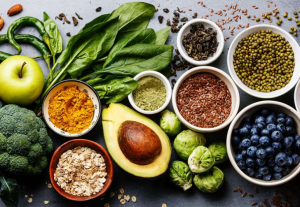
The USDA estimates that more than 30% of all food is wasted in the US. Much of that happens in the production and distribution phases but still, the last few years have seen a huge trend in big name chefs tackling the problem of food waste in restaurants. It’s an issue that chefs and restaurant owners have an opportunity to make a real impact on, both in their restaurants and with the example they set.
Large scale social and economic issues aside there are many reasons for restaurants to reduce waste, not least of which is protecting the bottom line. From scraping out the last of the mayo jar with a rubber spatula to carefully portioning proteins, nearly every kitchen task can be designed to reduce food waste. Many restaurant owners don’t look at how careful menu writing and sourcing can prevent even the possibility of waste.
Choosing menu ingredients with a long shelf life can set your kitchen up for success. Rather than watching food rot on the shelves of your walk-in you can choose fruits and vegetables that, with proper handling, can last for a month and help you get through times when your sales volume is low or you need can’t get deliveries as often as you’d like.
Lettuce can be one of the hardest vegetables to keep fresh in the walk-in. If you find your are throwing out brown, slimy heads of romaine every week, consider switching to a kale salad instead. Kale is trendy, healthy, and lasts much longer than lettuce.
Other good vegetable choices are roots like carrots, beets, and potatoes. These vegetables are bred for long storage times in cool, dry conditions and are easy to keep on hand without worrying about spoilage. Winter squash, sweet potatoes, and onions have excellent shelf lives as well.
Generally speaking, whole unprocessed foods will last longer in your cooler, and also be cheaper to buy. Switch to whole heads of cabbage instead of buying pre-shredded cabbage for coleslaw. The same holds true for meat. Whole muscle cuts like a chuck roast will last longer than ground beef, and a whole chicken will always hold up better than boneless skinless chicken pieces.
Planning your menu and ingredient sourcing around these ingredients will help you reduce waste in your kitchen. Think carefully about the shelf life of your ingredients before you order anything. Do your part to reduce food waste and protect your bottom line at the same time.
Do you need assistance with advice on how to choose your restaurant’s ingredients wisely and reduce food waste? We’re here to help! Contact us today, and let’s chat.
